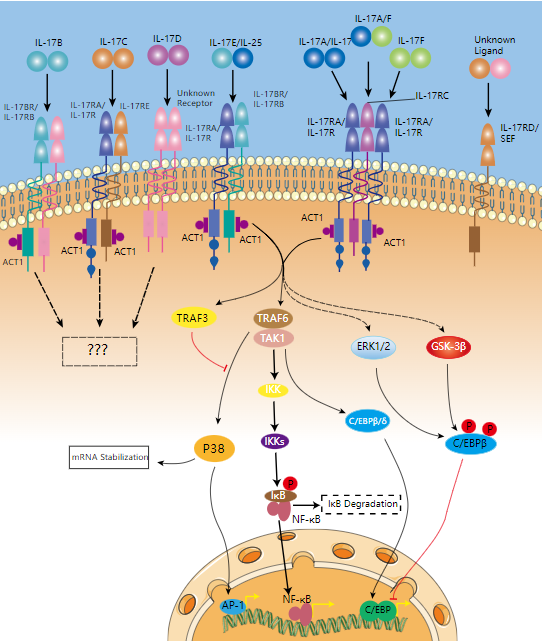ALL BUSINESS
COMIDA
DIRECTORIES
EDUCATIONAL
ENTERTAINMENT
FASHION TIPS
FINER THINGS
FREE CREATOR TOOLS
HEALTH
MARKETPLACE
MEMBER's ONLY
MONEY MATTER$
MOTIVATIONAL
NEWS & WEATHER
TECHNOLOGIA
TELEVISION NETWORKS
USA VOTES 2024
VIDEOS
INVESTOR RELATIONS
IN DEVELOPMENT



